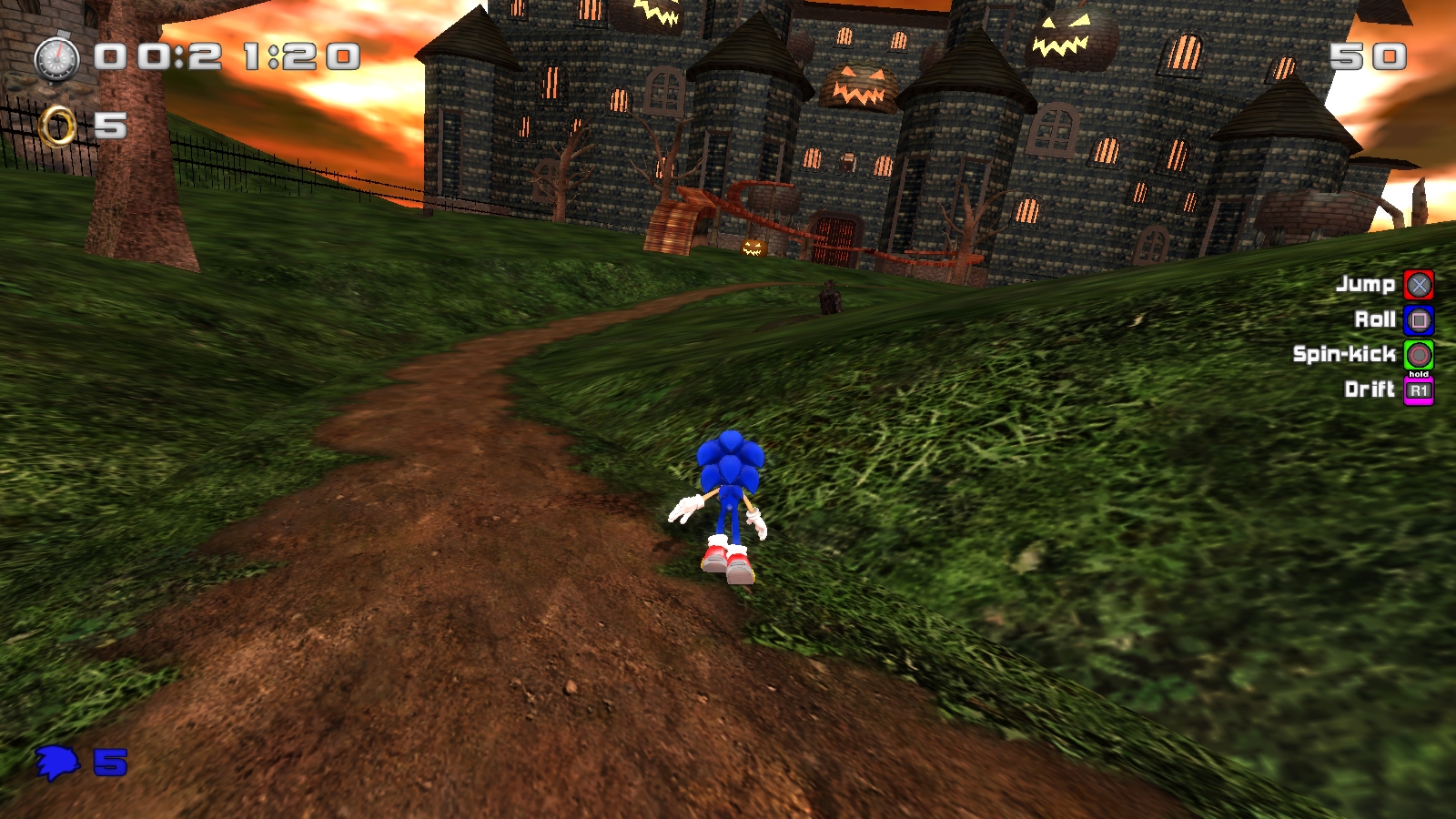
SAGE 2016: Review Slew #6
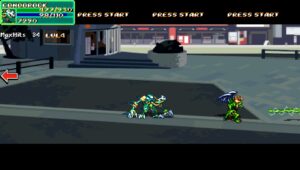
Beast Mode – Here we have another OpenBOR game, this time a demo for an original project called “Beast Mode.” The sprites are great, the music selection is great, but actually playing the game leaves something to be desired. Part of that is to be blamed on the OpenBOR format; combat is extremely repetitive and bland, with no sense of impact or gameplay flow. You face a constant stream of enemies, and once you run out you move to the next screen. Beast Mode does try and spice things up with an RPG leveling system, but it does little to alleviate the growing boredom. It’s also just hard to understand what’s going on. I briefly got stuck on the first screen because it wouldn’t trigger the transition to the next area until I punched something that was (apparently) out of the visible play area. Where am I going? Why am I doing this? If I keep mashing the buttons, will I find that answer?
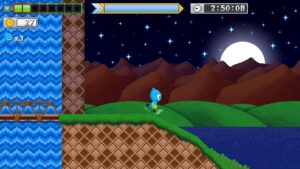
Bingo the Multiva – It has been a while since I played Bingo the Multiva. The last time I played it, I remember being kind of unimpressed, and this time around, things have definitely improved quite a bit. More than a Sonic fangame, Bingo the Multiva might now qualify as the world’s first Freedom Planet fangame — though it’s not directly connected, it’s been a clear influence on the game. The menus, characters, levels and abilities all have a distinct Freedom Planet flavor to them. Bingo himself has a dash similar to Lilac, and Bingo’s partner Salmon bears a passing resemblance to Milla, both in looks and their flutter jump ability. None of this is necessarily a complaint, though the demo does not feature controller support, which is a complaint I’ll always make every single time I see it. Still, though: Bingo the Multiva‘s pretty alright (if a bit difficult.)
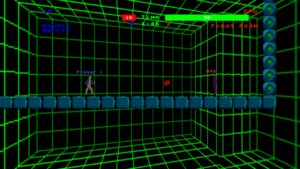
Colonial Combat – This is a mystery. I am mystified. What’s going on here? Initially I’d figured this was a serious thing; the documentation describes it as a 2D fighting game made in Unity, based off of Virtua Fighter. Even though the Unity launcher lets you change your keyboard binds (and even lets you bind controller buttons), all of the menus are mouse driven, even when they look like they shouldn’t be. Upon picking Story Mode for Robert Morris, I’m treated to a 3D Movie Maker character speaking via speech synthesis to a paper cutout of a minuteman. The game initially wouldn’t work due to a bug where my computer is actually too good to be running the game (seriously). After multiple attempts, I finally loaded in to a match only to get my head handed to me over and over by the first opponent. The sounds are too loud, the controls are too heavy, and I only have the faintest idea of what’s going on or how to play.
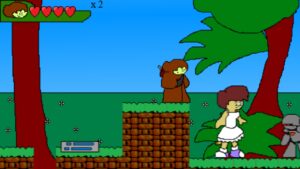
Lloyd the Monkey – Here’s a first for SAGE: a game written in Javascript! And in that context, Lloyd the Monkey works a lot better than I would expect for a bunch of .js files embedded in to a local webpage. Some sacrifices had to made, though: there’s no music and no sound to speak of at all, just a very simple platformer with very simple combat and very simple visuals. Though Lloyd looks more like a Wookie than a Monkey, I think he’s actually kind of cute, with his big round ears and exaggerated proportions. A lot of things about this game could use more detail, but I also get the feeling this is probably somebody’s first game (or close to it), so the fact that it’s this good is actually a major accomplishment in its own right.
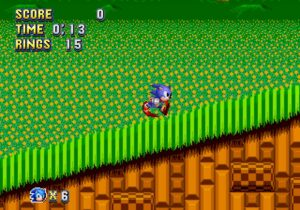
Project Twisted – Project Twisted is a GameMaker fangame using the Gmate Sonic engine, which means it’s a mostly technically competent game. There’s some twitchy animation and a couple of things feel clunky, but by and large the real issue I had with Project Twisted was its level design. Making a level is sort of like telling a story, in a way: everything connects and follows a road leading to a “point.” Stories are designed to tell you something, to convey information, to be about the hero overcoming a major obstacle in their life and the tribulations they share in that journey. Instead of reaching a narrative crescendo, level design builds towards challenges and gameplay ideas, but it’s all the same concept. The level design in Project Twisted doesn’t build towards anything, it’s just a collection of disconnected obstacles strewn in front of the player in a way that looks fine at a glance, but ultimately doesn’t feel right. The result are stages that don’t flow together. Be more thoughtful about your level design.
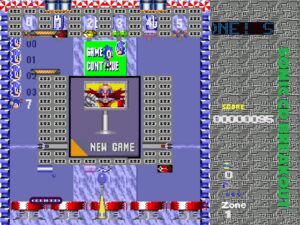
Sonic CD Breakout – I played about as much of this as I could stomach, and that was honestly about thirty seconds. This is an ugly game, with horrifically stretched sprites and gameplay so sluggish I’m still not sure if it bugged out or not. Having the first screen of the game be Sonic CD’s “save/load” menu is also really bizarre, and I wasn’t quite sure if it was a menu I should interact with or not — I guess it’s a breakout board to be played, however. Trying to adjust the game’s settings returned a “Settings.dll not found!” error message, and the music keeps cutting out during gameplay. With some of the weird games I’ve played at SAGE this year I’ve started to wonder if maybe the deliberately-bad games from RAGE started to seep in to the booth listing, and this definitely fuels that speculation. Woof.
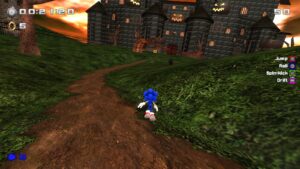
Sonic World – I’ve had somewhat harsh words for Sonic World in the past. It’s been in development positively for ages, and as such, not only has it built up its own dedicated community, but it also had engendered a lot of concepts that were more implied than explained. Unless you’d been with Sonic World as it grew, from the outside it could seem kind of impenetrable. Which it did, to me. It looked very complex, with a very unorthodox control scheme, and not a lot of information to help scale that mountain. But that was then. The Sonic World of today automatically recognized my Playstation 2 controller and pre-configured itself to fit my needs. Every single button prompt was the correct Dualshock button (except for the start button and the right stick camera, but I’ll let those slide). All of the complex movesets for Sonic World’s dozen characters are easily explained as you play. And, wow, there is a lot to play. The controls still occasionally feel a little weird and the graphics are in desperate need of proper lightmaps, but well done, Sonic World. I am impressed.
Things are winding down as Lou and I reach the last few review slews for this year. Stay tuned, folks.


![[ID: 169Cbwif7F8] Youtube Automatic](https://lastminutecontinue.com/wp-content/uploads/id-169cbwif7f8-youtube-automatic-60x60.jpg)
![[ID: 0gByMIMY8-I] Youtube Automatic](https://lastminutecontinue.com/wp-content/uploads/id-0gbymimy8-i-youtube-automatic-360x203.jpg)
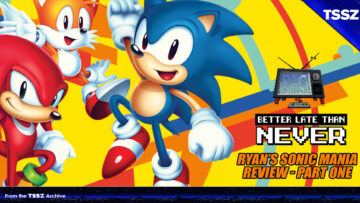
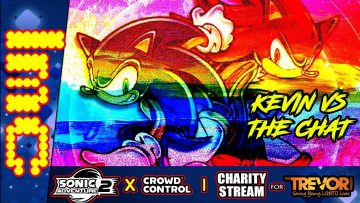
![[ID: c9dITSDGuhI] Youtube Automatic](https://lastminutecontinue.com/wp-content/uploads/2025/01/id-c9ditsdguhi-youtube-automatic-360x203.jpg)